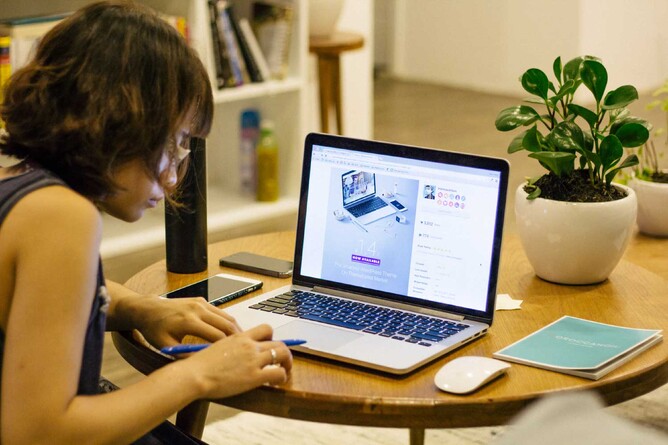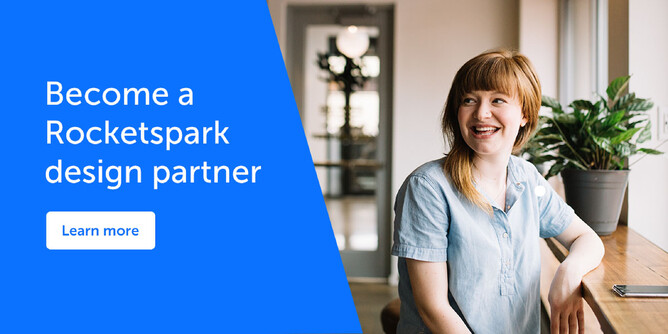Now that you have everything ready to go to run your business, you need some great businesses and clients to work with. But how do you find them.
First things first, get a website set up. People are checking businesses out online before they do anything else and you need to make sure if people try to find you, they can. Sort out your social media at the same time. A Facebook page, Instagram feed and a Linkedin account adds credibility and makes you easy to find on any platform. Depending on what type of work you are looking to do, you may want to focus your marketing on one specific social media but it is good to be able to be found on all of them.
It is really obvious that the best form of advertising is word of mouth and so those initial clients spreading the good news about you and your business is vital so make those count. Getting involved in some networking groups is also a great way to market your business. Find a local BNI networking chapter, a Chamber of Commerce, a group of freelancers who meet, or a local Meetup to attend. The formal networking approach of BNI can seem a little old school for modern designers but trust us it works. At one stage we had team members in four different BNI chapters in NZ and the UK and this approach to business development really helped us get established. BNI was also great for growing our network of partners such as video producers, copywriters and social media agencies. Although these groups can sometimes be a little nerve-racking, the benefits both personally and professionally from being involved in these sort of things is huge. Get involved!!
What should I charge?
The age old question of what to charge! This is something that will never be easy to answer but we can offer some advice here.
We would suggest having an hourly rate that is comparable to those in your industry, in your area. Don’t be scared to be more expensive if the service and products that you are offering are amazing. It’s incredibly common for people to under charge and very rare that people over charge. In our early days we underpriced many jobs as we wanted to win them all but we actually learnt later that we missed out on some jobs because our price was so much cheaper than other quotes and lacked credibility. A great feature of Quotient is that you can see your quote acceptance rate so if you have more work than you can handle and your quote acceptance rate is very high you might consider increasing your price. You won’t need to win as many projects and you’ll be able to be more selective about the projects you take on. The other thing to remember is that you can always change your hourly rate either up or down when needed.
If work volumes are a bit lean you can always create a special offer to increase your conversion rate if you know that price is a definite lever for the projects you win.
You can choose to charge all work on an hourly rate purely based on how long the work takes you or you can decide on some set costs for regular work that you do. For Example, you might have a cost for logo design and specify that it is for 3 concepts with 2 rounds of revisions. We’ve found that providing price certainty is highly valued by clients and as long as you have a clear brief and controls in place to manage the volume of revisions included you can make fixed priced quotes work well.
What about if someone tries to negotiate pricing? This is often a common practice where you will get asked to give discounts or change pricing for various reasons. It can often be hard, especially when you are starting out, to turn down work but sticking to your guns is often the best option as it doesn’t devalue the service you are offering. As long as you are able to justify the cost to the client, there is nothing to be ashamed of in sticking to your prices.
In all industries, businesses are getting asked to do pro bono work or things for reduced rates for good causes, not for profits and charities. This is an important aspect of being in business and supporting the community but it is essential to put a limit on this and keep track of the quantity. You may have a special not for profit rate that you are happy to offer that might be slightly reduced rather than always doing work for free.
Friends and family can sometimes be the worst at asking to get things done for free or at “mates rates”. You’ll need to be really strict with this and decide where the friends/family limit is. One suggestion is to have a standard friends and family discount that you can offer that means you still make money but is at a reduced rate, maybe 25% off, and then that is your standard “Friends/Family” discount.
For everyone else, if they don’t want to pay for your services, they are welcome to go elsewhere and pay full price for someone else's!
This is definitely not an exhaustive list of all the things you need to know about when you start a freelance graphic design business but hopefully it will help with some key points to consider and work from as a starting point.
Best of luck as you branch into the exciting world of starting your own graphic design business.





